SANAT KUMARA
THE GREEN MAN

One of the Lords of the Flame Who came long ago from Venus.
He is called by the Hindus, Sanat Kumara, the last word being a title meaning Prince or Ruler.
He is often spoken of as the One Initiator, the One without a Second, the Eternal Youth of Sixteen Summers; and sometimes he is called the Lord of the World. In His hand and within His actual aura lies the whole of His planet. He represents the Logos, as far as this world is concerned, and directs the whole of its evolution—not that of humanity alone, but also the evolution of the Devas, the nature-spirits, and all other creatures connected with the earth. He is, of course, entirely distinct form the great Entity called the Spirit of the Earth, who uses our world as a physical body.
In his mind He holds the whole plan of evolution at some high level of which we know nothing; He is the force which drives the whole world-machine, the embodiment of the Divine Will on this planet, and strength, courage, decision, perseverance and all similar characteristics, when they show themselves down here in the lives of men, are reflections of him. His consciousness is of so extended a nature that it comprehends at once all the life on our globe in His hands are the powers of cyclic destruction for He wields Fohat in its highest forms and can deal directly with cosmic forces outside our chain. His work is probably usually connected with humanity en masse rather than with individuals, but when He does influence any single person we are told that is through Atma and not through Ego that His influence is brought to bear.
At a certain point in the progress of an aspirant on the Path he is formerly presented to the Lord of the World, and those who have thus met Him face to face speak of Him as in appearance a handsome youth, dignified, benignant beyond all description, yet with such a mien of omniscient, inscrutable majesty conveying such a sense of restless power that some have found themselves unable to bear His gaze, and have veiled their faces in awe.

Sanat Kumara is a manifestation of God, a spiritual being of great light. He is known as the Ancient of Days, the Eternal Youth, the Regent Lord of the World and ruler of Shamballa. He is also one of seven holy kumaras referenced in sacred scriptures.
Sanat Kumara in the
Scandinavian Tradition
The words Sanat Kumara in Finnish means wise elder. The story of the quest for fire is reflected in the Finnish epic poem, The Kalevala, which may be thousands of years old and charts the story of Wainamoinen, whose name signifies ancient wisdom.
Sanat Kumara in the
Native American Tradition
Sanat Kumara’s presence has been recognized in the Native American tradition as Wakan Tanka, the Great Spirit. In the Song of Hiawatha, Longfellow also refers to Gitche Manito (manitou) the mighty, the creator of the nations, a paternal figure who looks upon his children with pity and compassion, urging them to stop their feuding.
Another Native American tradition is The Legend of the White Buffalo Woman. The story speaks of a giant eagle who swooped out of the sky to save a young woman during the great deluge at the end of the Old World. Through the marriage of the Woman of the Earth and the Eagle of the Sky, a nation is born again.
The Hopi tradition describes the gathering of 144,000 "rainbow warriors" or “sundancers” who will unite the earth. At that time, people will have their choice to accept or reject the Creator's plan for peace on earth. This is prophetically seen as the return of Quetzacoatl who in the ancient Mayan tradition is also the God of the planet Venus.
Sanat Kumara in Zoroastrianism
In ancient Persia, Sanat Kumara was revered as Ahura Mazda who appeared to Zarathustra in the presence of six other beings of light (kumaras). It is said that in their presence, Zarathustra did not see his own shadow upon the earth, owing to their great light.
Sanat Kumara in Hinduism
In Sanskrit, the language of the Vedas, Sanat Kumara means "eternal, beautiful youth." The seed syllable “Ra” also means flame or sacred fire. Other references to Sanat Kumara are Jagan-Natha, for Lord of the World, Kartikeya and Murukan. Sanat Kumara is a son of Brahma, the one supreme God, and brother of Ganesha. He is Skanda, son of Shiva and Parvati, God of War and commander in chief of the divine army of the gods. Son of the Pleiades, he is born to slay Taraka, the demon of ignorance. He is also known as Guha, which means cave, because he lives in the cave of the heart.
Sanat Kumara in Buddhism
Sanat Kumara is Dipankara, the lamp lighting buddha said to predate the historical buddha in a world cycle long past. He is sometimes equated with Adibuddha, the original Buddha and is the being Gautama Buddha pledged himself to.
The kingdom of Shamballa plays a central role in Tibetan Buddhism. Sacred Tibetan texts speak of Shamballa as “a mystical kingdom hidden behind snow peaks somewhere north of Tibet. There a line of enlightened kings is supposed to be guarding the most secret teachings of Buddhism for a time when all truth in the world outside is lost in war and the lust for power and wealth. Then, according to prophecy, a future King of Shambhala will come out with a great army to destroy the forces of evil and bring in a golden age. Under his enlightened rule, the world will become, at last, a place of peace and plenty, filled with the riches of wisdom and compassion.”
Sanat Kumara in Islam
Sanat Kumara is referenced in the Koran, in Rumi’s poetry and in other Islamic work as El Khidr. Speaking of El Khdir, the Prophet Mohammed says, “I have seen my Lord in the most beautiful of forms.”
El Khdir preserves and maintains the Reality of the Golden Chain by training prophets and mystics to come to understand that, "Above every knower there is a greater knower." He is the benign presence of divine wisdom as imparted by the Divine himself through direct revelation. He makes sudden appearances to succor people in times of need and is hidden initiator to those who walk the mystical path. As spiritual head of the divinely instituted hierarchy of saints, he rules over ‘the Men of the Unseen” (rijalu’l-ghayb)—exalted saints and angels who transfer divine science.
THE GREEN MAN
In both Moslem and Hindu art, El Khdir is depicted as the figure of an aged man in a green coat carried on top of the water by a fish which conveys him over the river of life.
The name El Khdir means “the green one,” and "eternal youth” who found immortality by drinking the Water of Life. According to the Book of Prophets, Mohammed said that El Khdir became known as such because he once sat on a barren white land which then turned luxuriantly green with vegetation.

El Khdir is referenced as the companion and teacher of Moses, Joshua and many other mystics and saints. He is associated with Hermes and Enoch, and with the ancient schools of the prophets attended by Elijah, Elisha and Samuel.
Sanat Kumara in Judaism
and Christianity
Sanat Kumara is the presence of the Flying Eagle, recorded by John and by the Prophet Ezekiel. He is the Presence of the Lamb in the book of Revelation who stands with the 144,000 for the descent of the New Jerusalem.
Sanat Kumara is the Ancient of Days in the Book of Daniel

ANCIENT OF DAYS ... painting by WILLIAM BLAKE
THE GREEN MAN
His significance in various cultures includes Robin of the Wood, the Green Knight of Arthurian legend, Jack in the Green and the Celtic Gods, Cernunnos(although Cernunnos has horns as stag, rather than leaves) or Herne.
Lughnasadh is also sometimes known as The Green Man and by other names, including the “Wicker Man,” “Corn Man” or just the “Spirit of Vegetation”.
Native Americans celebrate an almost identical ritual — the Festival of Green Corn.
· Cernunnos, The Celtic God of fertility, animals and the underworld.
· Herne The Hunter, a specter of Britain.
· Pan the Greek god of the woodlands,
· Janus the Roman god of good beings.
· Tammuz and Damuzi, the son, lover and consorts to Ishtar and Inanna.
· Osiris, the Egyptian Lord of the underworld.
· Dionysus, the Greek god of vegetation and vine.
· The Green Man, the lord of vegetation and the woodlands.
Salaam aliekum, prophet Elijah !
Khidr literally means 'The Green One', representing freshness of spirit and eternal liveliness, green symbolizing the freshness of knowledge “drawn out of the living sources of life.” Whatever the source for this green may be, it has come to symbolize the benign presence of the divine wisdom as imparted by the Divine Himself to Khidr and to Prophet Muhammad.
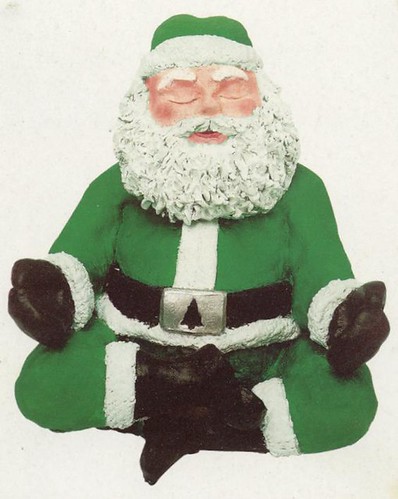
ORIGINAL ''GREEN'' FATHER CHRISTMAS
JACK IN THE GREEN
ROBIN HOOD
BURNING BUSH
THE BEAST
%20-%20email.jpg)
THE SCAPE GOAT
Qur'an commentators say that al-Khidr ('The Green Man' of pre-Islamic lore) is one of the prophets; others refer to him simply as an angel who functions as a guide to those who seek God. And there are yet others who argue for his being a perfect wali meaning the one whom God has taken as a friend.

Khidr is associated with the Water of Life. Since he drank the water of immortality he is described as the one who has found the source of life, 'the Eternal Youth.' He is the mysterious guide and immortal saint in popular Islamic lore and the hidden initiator of those who walk the mystical path.

In the Muslim tradition Khidr is alive and well and continues to guide the perplexed and those who invoke his name.
Khizr was seen as "the initiator of Sufis who have no human master."
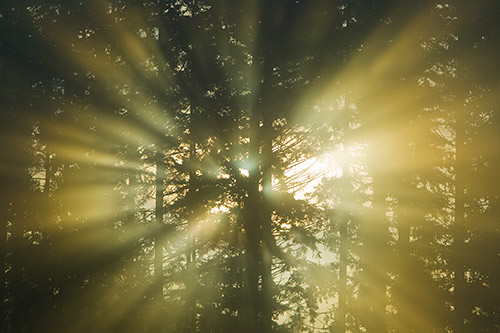
"the voice of inspiration to the true aspirant and committed artist. He can come as a white light or the gleam of a blade of grass, but more often as an inner mood. The sign of his presence is the ability to work or experience with tireless enthusiasm beyond one's normal capacities."
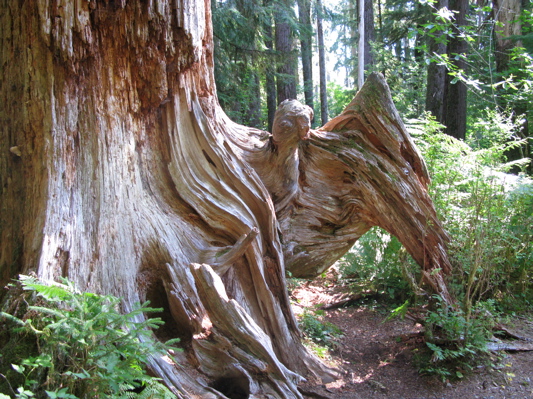
This has led many to seek clues in myth, legend and religion. John Barleycorn - celebrated in song - shows the same themes of death and rebirth, as does the Green Knight in the Arthurian story of Sir Gawain.
Medieval legends of the Wild Men - dressed in leaves, living in the forest and venturing forth to take food, have been connected with the Green Man. In some stories of Robin Hood - the robber and hero dressed in green - he attains godlike status and links with the Horned God Herne.
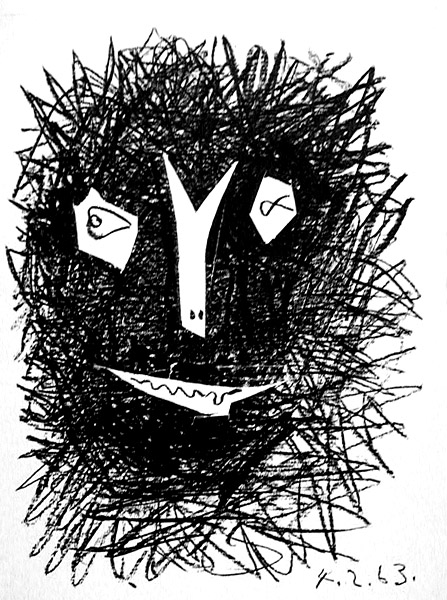
Present-day Western pagan thought identifies the Green Man as the symbol of the qualities of godhood within the male, as well as being an expression of the cycle of life/death/rebirth and its relationship with the transcendent life-force, the Goddess, the female expression of divinity.

His re-adoption by some present-day morris sides as the Fool reflects the seasonal nature of the morris, its roots in fertility celebrations, and the nature of its maleness.
As the Greek deity of pastures, flocks and herds, Pan was half man and half goat. With the legs and horns and beard of a goat. He is the offspring of Hermes, but his mothers lineage is in question. Either he is the result of Hermes and Dryope daughter of King Dropys, who's flocks he tended. Or Hermes and Penelope. His cult is centered around Arcadia where he is reported to haunt the woodlands, hills and mountains.

Sleeping at noon and then dancing through the woods as he played the panpipes, which he is credited with inventing. He is the lusty leader of the satyrs (woodland deities), and continually chases the nymphs (the beautiful nature goddesses). During rituals, his essence is invoked to for fertility of the flocks or for an abundant hunt. Associating him with the legends of the Horned God.
GREEN OSIRIS
As Osiris the Egyptian god of the lower world, he is seen as the judge of the dead. Linking him to the concept of Cernunnos as the guardian of the gate to the Other World. He is the brother of Isis, but he is also her husband. Isis as the goddess of fertility her status as the Mother is propagated by the services provided her by Osiris. Once again linking his image with that of the Horned One.


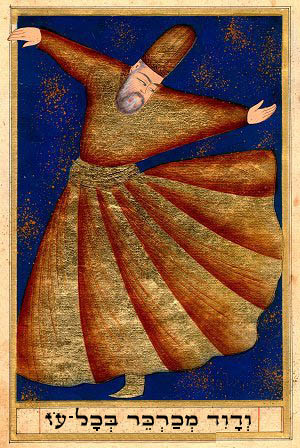

I love him
ReplyDelete